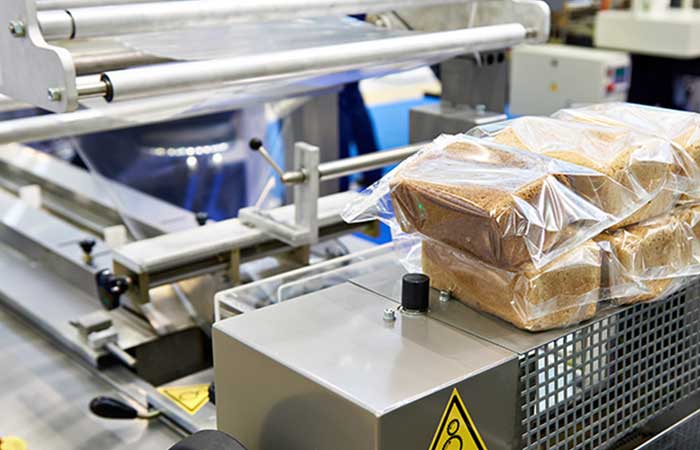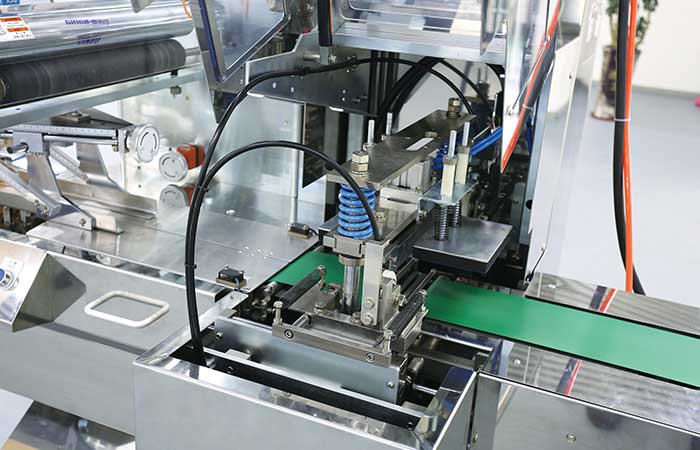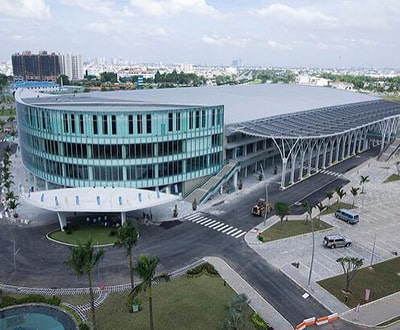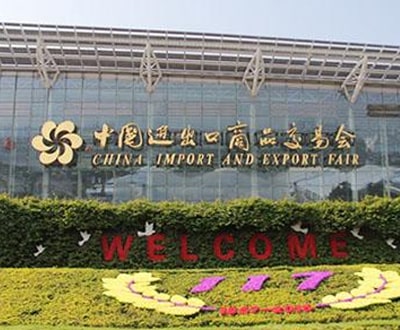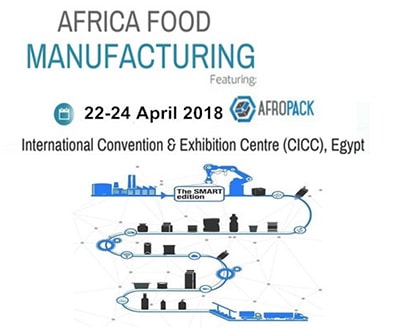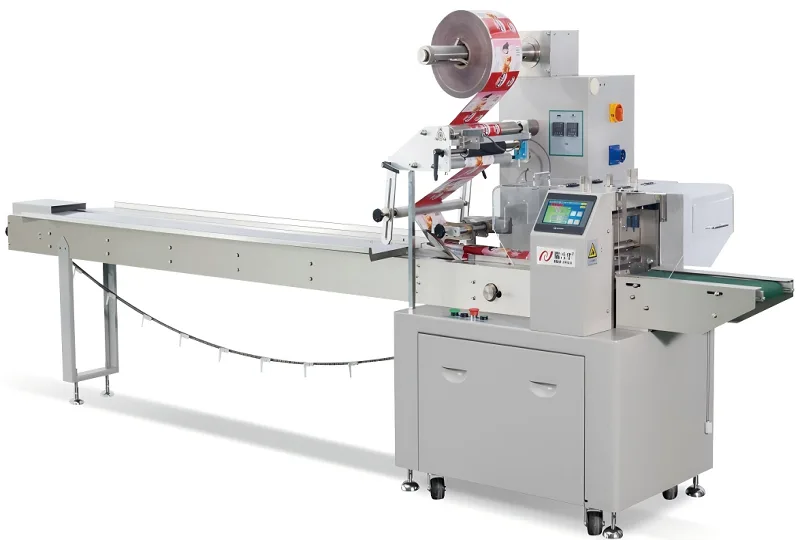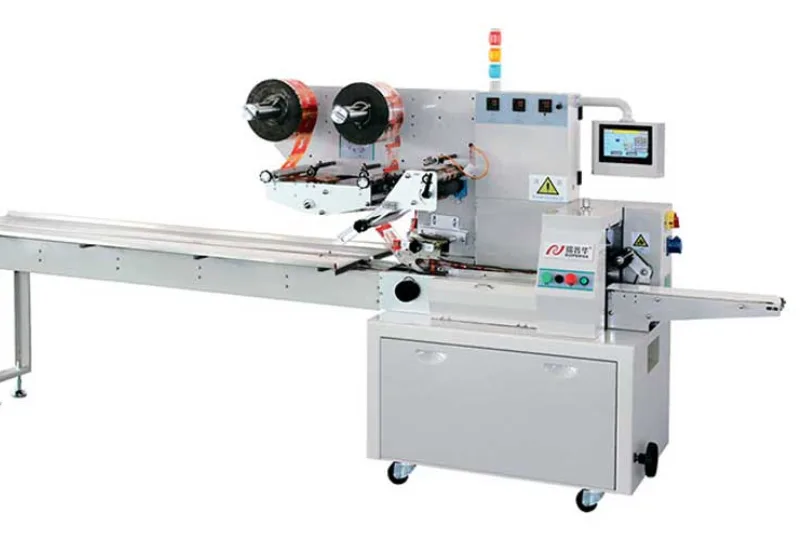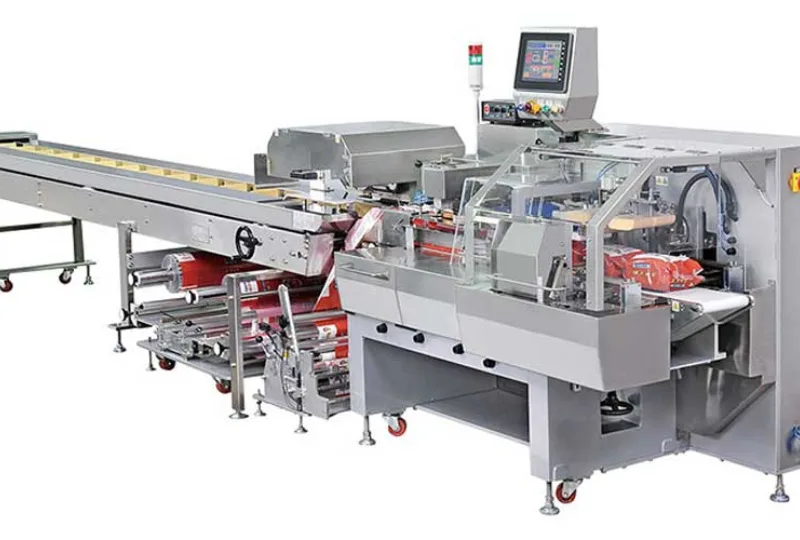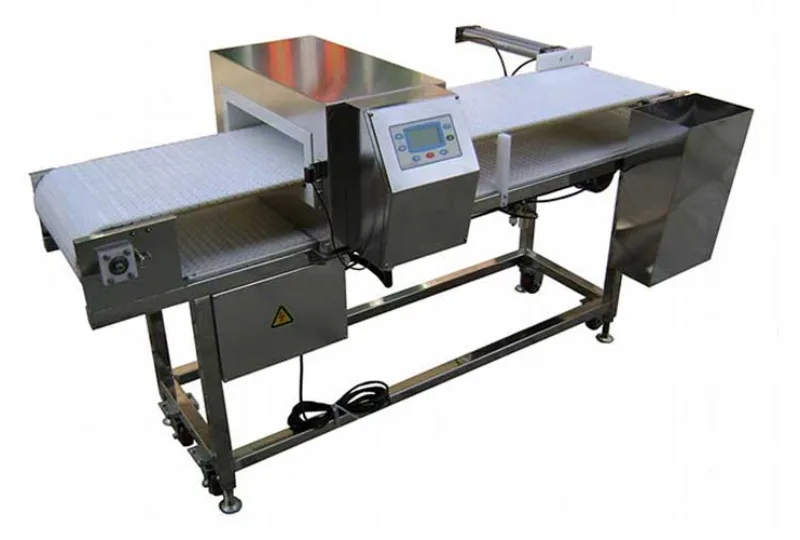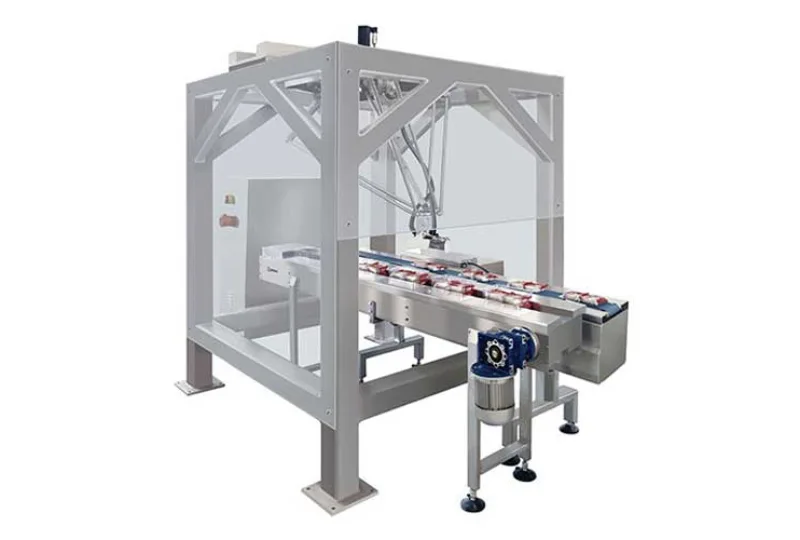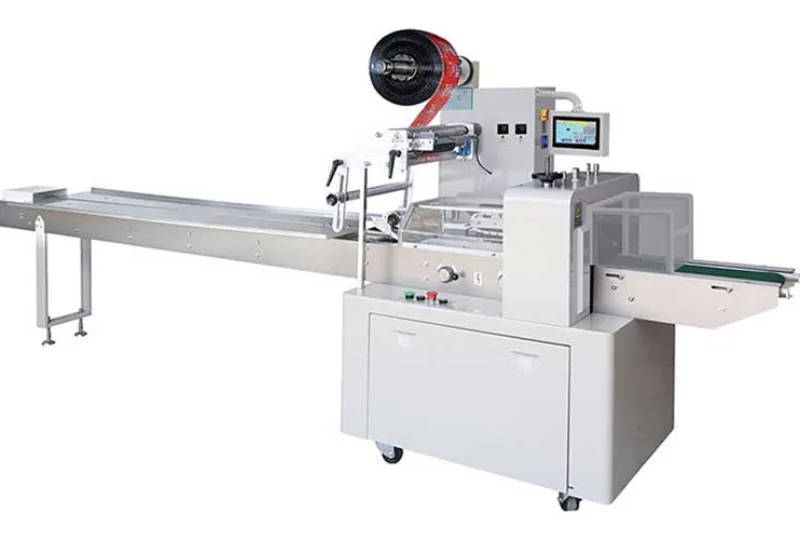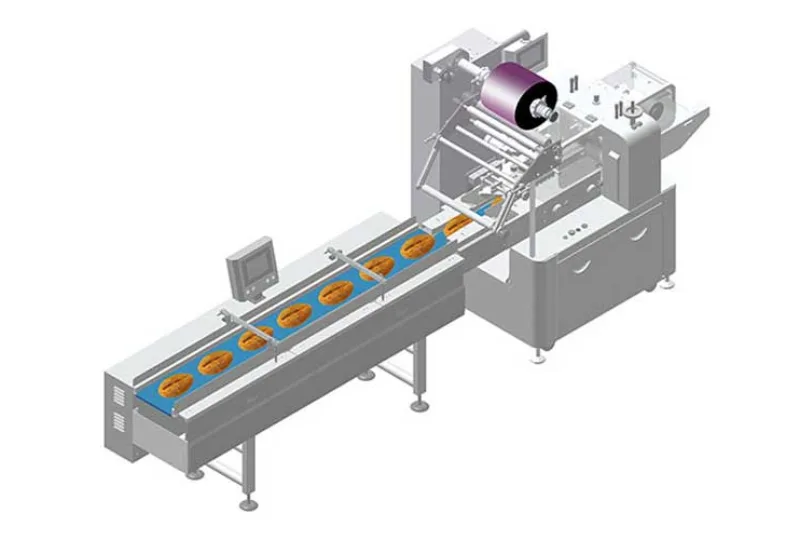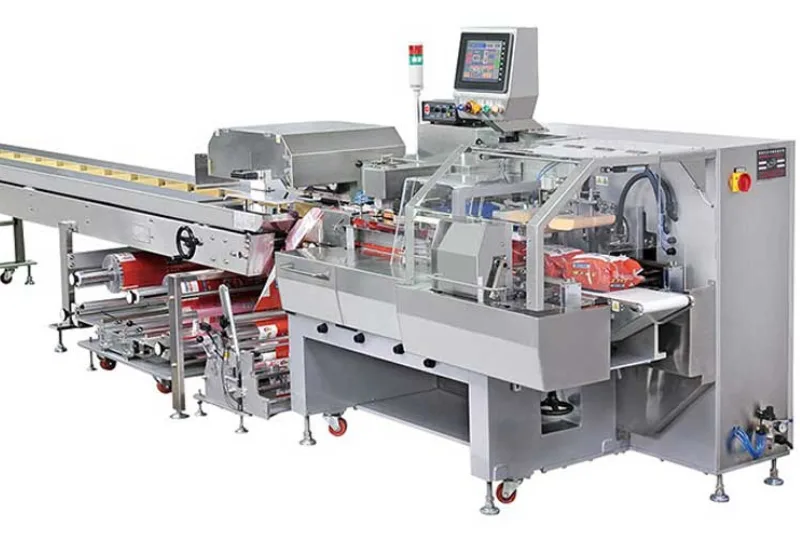Container Closure Systems for Packaging Human Drugs and Biologics
The Importance of Container Closure Systems in Drug Packaging
When it comes to packaging human drugs and biologics, the choice of container closure systems plays a critical role in ensuring the safety, efficacy, and stability of the product. Container closure systems are designed to protect the drug product from external influences such as moisture, light, oxygen, and microbial contamination. In this blog post, we will explore the significance of container closure systems in pharmaceutical packaging and their impact on the quality of drug products.
Types of Container Closure Systems
There are various types of container closure systems used in the pharmaceutical industry, including vials, bottles, ampoules, prefilled syringes, and blister packs. Each type of container closure system offers unique advantages in terms of protection, compatibility with different drug formulations, ease of use, and patient convenience.
Challenges in Container Closure System Design
Designing an effective container closure system for packaging human drugs and biologics involves overcoming several challenges, such as maintaining product sterility, preventing leachable and extractable substances from interacting with the drug, ensuring compatibility with different drug formulations, and complying with regulatory requirements.
Innovations in Container Closure Systems
With advancements in materials science and engineering, pharmaceutical companies are continuously exploring new innovations in container closure systems to enhance drug stability, improve patient adherence, and reduce environmental impact. Examples of innovative container closure systems include smart packaging with embedded sensors for real-time monitoring of drug quality, and eco-friendly biodegradable packaging materials.
Regulatory Considerations
The design and selection of container closure systems for packaging human drugs and biologics are subject to strict regulatory oversight to ensure product safety and efficacy. Regulatory authorities such as the FDA and EMA have established guidelines and standards for container closure systems that pharmaceutical companies must comply with to obtain product approval.
Future Trends in Container Closure Systems
Looking ahead, the future of container closure systems in drug packaging is likely to be driven by advancements in nanotechnology, 3D printing, and sustainable packaging solutions. These innovations have the potential to revolutionize the way drugs are packaged, stored, and administered, leading to improved patient outcomes and reduced healthcare costs.
Conclusion
In conclusion, container closure systems play a vital role in ensuring the safety, efficacy, and stability of human drugs and biologics. Pharmaceutical companies must carefully consider the selection, design, and testing of container closure systems to meet regulatory requirements and protect the integrity of their drug products. By staying abreast of the latest developments in container closure system technology, companies can enhance product quality, patient satisfaction, and overall public health.
-
01
Automatic Tray Loading and Packaging Equipment: Boost Efficiency to 160 Bags/Minute
21-11-2025 -
02
Automatic Soap Packaging Machine: Boost Productivity with 99% Qualification Rate
21-11-2025 -
03
A Deep Dive into Automatic Toast Processing and Packaging System
18-11-2025 -
04
The Future of Bakery Production: Automated Toast Processing and Packaging System
18-11-2025 -
05
Reliable Food Packaging Solutions with China Bread, Candy, and Biscuit Machines
11-10-2025 -
06
High-Performance Automated Food Packaging Equipment for Modern Production
11-10-2025 -
07
Reliable Pillow Packing Machines for Efficient Packaging Operations
11-10-2025 -
08
Advanced Fully Automatic Packaging Solutions for Efficient Production
11-10-2025 -
09
Efficient Automatic Food Packaging Solutions for Modern Production
11-10-2025 -
10
Advanced Automatic Packaging Equipment for Efficient Production
11-10-2025



